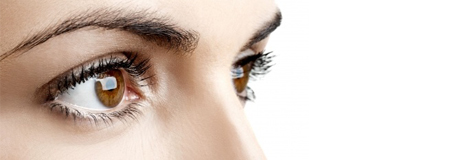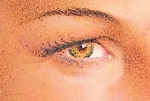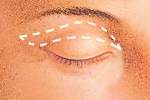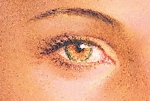Upper and Lower Blepharoplasty is the operation to correct the signals on the eyelids facial aging manifests as skin sagging upper eyelids and bags in the lower eyelids and in the inner portion of the upper.
Eyelid surgery, technically known as blepharoplasty, is a procedure to remove fat, excess skin and muscle when needed for upper and lower eyelids.
Eyelid surgery can correct drooping upper lids and bags of inferior characteristics that make us look older and more tired than we are and, in some cases, can interfere with vision. However, blepharoplasty does not remove “crow’s feet” or other wrinkles or drooping eyebrows. It can be performed in isolation or together with other cosmetic surgery of the face, such as cervicofacial lift or forehead lift as well as facial cosmetic medical treatments such as botulinum toxin type A and wrinkle filler with hyaluronic acid …
Is a functional or cosmetic surgical procedure in order to remodel the upper or lower eyelid eliminating and / or repositioning excess tissue, as well as performing a canthoplasty which is to strengthen the surrounding muscles and tendons around the eyes.
When a significant amount of skin on the eyelid, the skin may hang over the eyelashes and cause loss of peripheral vision. The outer and upper parts of the visual field are most commonly affected and the condition may cause difficulty with activities such as driving or reading. In these circumstances, upper eyelid blepharoplasty is performed to improve peripheral vision. People with severe fewer excess skin may perform a similar procedure for cosmetic reasons.
To this must be added the presence of bags under the eyes, especially in the lower. In fact, the problem of the bags produced by fat on the eyelids can be found very early age, as it can be inherited.
The lower eyelid operation is almost always done for cosmetic reasons, to improve lower eyelid bags and reduce skin wrinkling.
Blepharoplasty is performed through external incisions made along the natural lines of the eyelids, such as the stripes on the top and below the lashes in the lower or inner surface of the eyelid below.
It is an outpatient surgery because it is not necessary to be entered. Recovery is rapid. The swelling and the initial bruising take one to two weeks to recover but it takes at least several months until the final result becomes stable.
Depending on the scope of the procedure, the operation takes one to three hours to complete.




